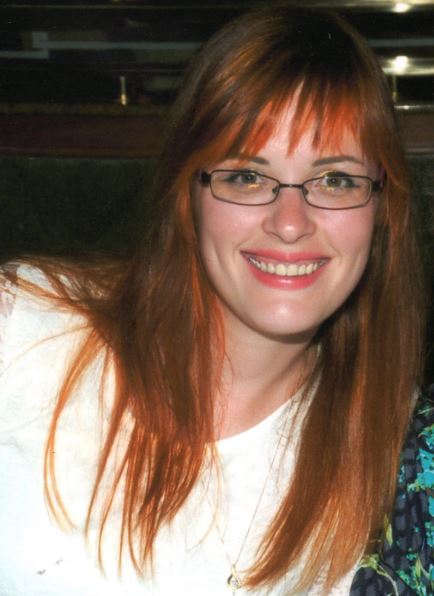Celebration of Scholars
Characterization of cell surface markers on cancer cells cultured in atmospheric vs normoxic oxygen
 Name:
Stefanie Huttelmaier
Name:
Stefanie Huttelmaier
Major: Environmental Science, Biology
Hometown: Kenosha
Faculty Sponsor: Andrea Henle
Other Sponsors:
Type of research: SURE
Funding: SURE
 Name:
Josey Muske
Name:
Josey Muske
Major: Biology
Hometown: Waukesha
Faculty Sponsor: Andrea Henle
Other Sponsors:
Type of research: SURE
Funding: SURE
Abstract
Cell biologists are currently developing tools and techniques to improve the quality of data obtained from cancer research. Research is most commonly conducted in vitro using live human cells grown in tissue culture flasks at atmospheric oxygen levels. These conditions are not truly representative of the conditions in vivo, or within the human body. Petaka plates (Celartia) were developed to more realistically mimic in vivo conditions, particularly the hypoxic, or more correctly, normoxic, environment found within a tumor. Cells grown in Petaka plates are subject to reduced oxygen levels and might have different expression of surface markers compared to cells grown at atmospheric oxygen levels. These differences will need to be assessed as they contribute to our molecular understanding of cells, especially in studies that investigate how immune cells recognize cancer cells. A panel of nine cancer cell lines containing both primary and metastatic uveal melanoma and colon carcinoma cell lines was used in this study to investigate cell surface marker expression under atmospheric and reduced oxygen levels. The cells were grown in both traditional T75 flasks and Petaka plates, stained with 8 possible antibodies, and analyzed via flow cytometry to determine expression differences. The results largely remained inconsistent for the majority of surface markers, suggesting up-regulation of a particular marker in normoxic conditions in some trials and down-regulation in others. Some trends in the expression of CD markers were observed in the colon cancer cell lines. Further trials are being conducted and focus on consistent replication of cellular growth periods and culture conditions. If more uniform surface protein expression can be established, further research could be conducted to determine the significance of these differences and mechanism by which oxygen exposure, or lack of, causes these changes.
Submit date: March 19, 2018, 1:58 p.m.
